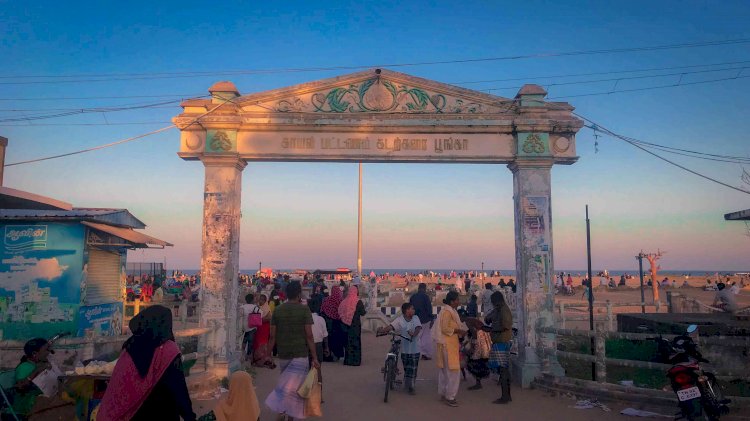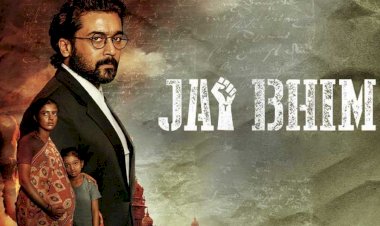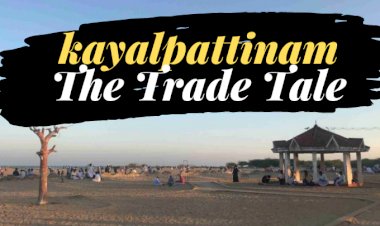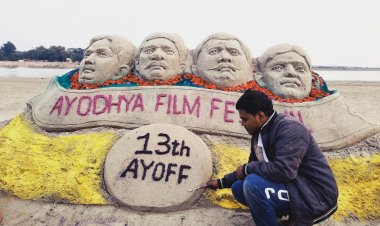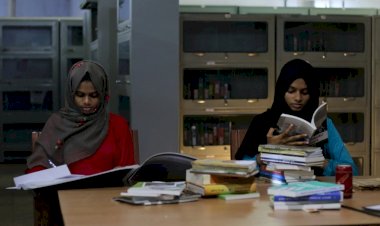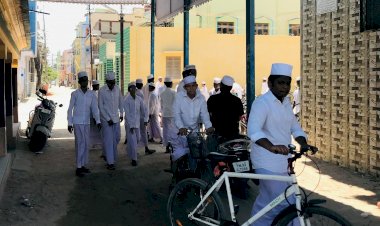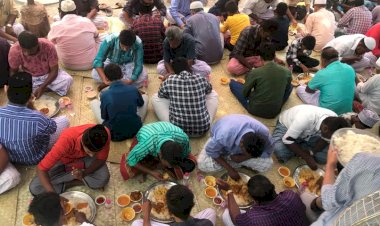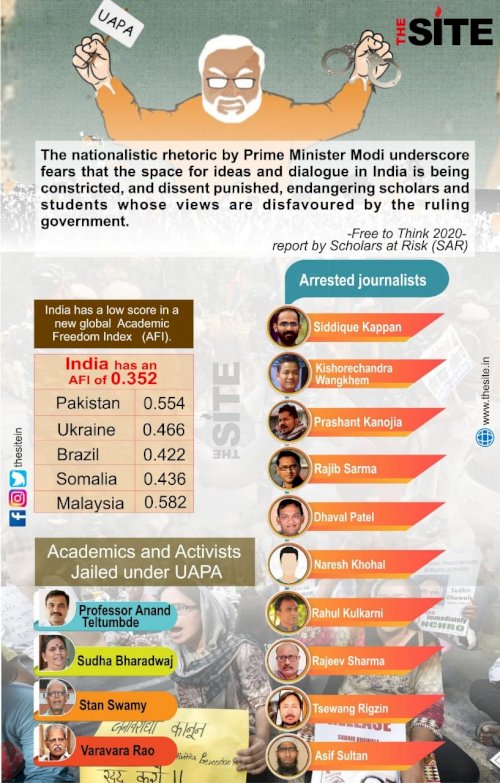The Living Legacy of Kayalpattinam: Sufis, Sultans, Scholars, Traders and Invaders
Kayalpattinam has invited all sorts of people and civilizations to its erstwhile bustling seaport. MUHAMMED NOUSHAD visits the historic town and meets its people to narrate its fascinating tale of the past and the present.
'It's a small town with an excessive baggage of history', a few well-meaning friends had warned me, before I set off my journey to Kayalpattinam. The monographs I read in advance reassured the same. However, at the outset of my sojourn, as an auto was taking me through the narrow streets of the remarkably designed township, the settlements looked too tiny to fit for a long piece. I wondered if my driver missed to show me any significant street or monument. He did not. I thought everything about the town can be covered in two days, maximally, despite whatever history it boasts of. One can walk the streets of the impeccably clean town in a couple of hours, literally. That even disappointed me, as, going through the town’s history, in my mind, I had built edifices and monuments taller, thicker and denser. Overestimations can let you down, always.
But, thankfully, I was promptly proved wrong. The more I listened to the town’s people – community leaders, writers, entrepreneurs, historians, traders, activists, artists – the more I realized how terrible first impressions could be. The little town now looked like a beautifully kept hidden treasure, shrouded in layered legacy, showing enviable histories of trade, resistance, religious scholarship and literary accomplishments. After five days, while leaving the town, I was honestly hesitant, as it invited me back to stay longer and dig deeper, through intriguing tales from nooks and corners. I promised myself that I am returning; the bonds were made.
Obviously, I was not alone in this spellbinding enchantment. History has no dearth of praise by visiting travelers for this town. Kayal has brought innumerable travelers and traders, Sufis and scholars, Sultans and slaves, invaders and rebels. Renowned for its rich Muslim traditions, Sufi heritage and centuries-old Arab connections, Kayalpattinam’s contribution to the Islamic spirituality and culture of the region is immense and invaluable. It has produced several religious scholars, great spiritual masters and offered a great space for local and international traders through several centuries.
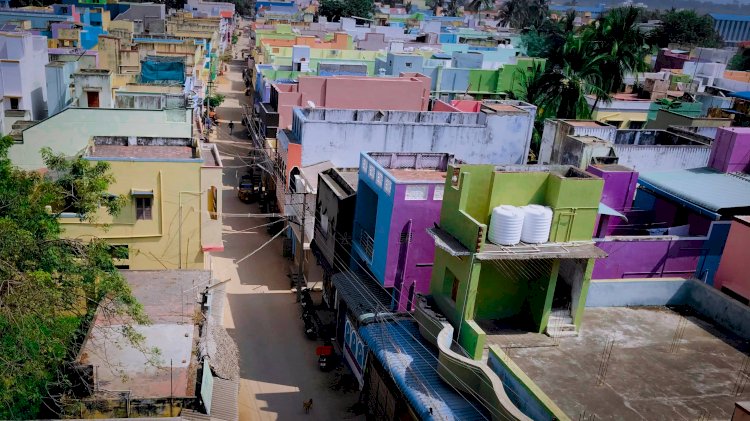
A portion of the town, view from the top of Periya Khutba Palli
Once a major town of the Pandyan kingdom and later ruled by the Ma’bar Sultans for a relatively shorter period, the historic Kayal had been a bustling port that attracted ships from faraway lands. Globetrotting merchants, including Marco Polo, Wassaf, Rashiduddin, Barbosa, Abdul Razak and Nicolo de Conti, had landed in this Tamil Muslim town on the Coromandel Coast and written about it in detail, at different times. Even Ptolemy and Ibn Battuta visited the region, if not necessarily the town, and eulogized its economic splendors.
The Coromandel Coast had other reputed ports, other than Kayal, including Korkai, Keelakarai and Nagapattinam. And Kayal’s history is inseparably interwoven with theirs. Also, it was originally from Kayal, Muslims migrated to other port towns on the Coromandel Coast, for trade and other reasons.
With the Arabs, the town’s mercantile bond dates back to several centuries, even before the advent of Islam. When you see the locals, the Arab lineage is evident in their features: complexion, physical features and culture. All clans of the Muslim majority town – Marakkayars, Lebbais, Nainars and Maqdooms – claim a genealogy that reaches back to distant towns of Arabia, through different routes, though, sometimes, their distinctions are not very distinguishable, at least for an outsider. According to the town’s most noted historian late Dr. R.S. Abdul Latiff, whose local history in English is titled The Concise History of Kayalpatnam, the town had three settlements from Arabia. The first Arab settlement was in CE 630, from Hejaz. The second and third settlements were from Egypt, respectively in CE 842 and CE 1284.
As per the local tradition and a stone inscription found in the coastal area, near Kosmarai dargah, a few years back, Islam reached Kayalpattinam in Hijri 9/ CE 630. It is believed that five Sahabas (followers of Prophet Muhammad) built a masjid on the Kayal beach, Masjid al-Iman or Kadalkkarai Palli, currently non-existent. The inscription lists the Sahabas as Khalid Ibn Saeed Ibn Al Ass, Tabid Ibn Kais Ibn Sumas, Abdulla Ibn Saad Ibn Abu Sarah, Abdulla Ibn Abdulla Ibn Ubaiee and Abdulla Ibn Abdul Aziz Ibn Umar. A reputed historian of the town, Prof. Abul Barakat, who recently died due to post-Covid-19 complications, had done extensive research on the topic and has testified the year of the first Arab arrival as Hijri 9. Dr. Latiff later corrected this in his book as he had earlier recorded Hijri 12.
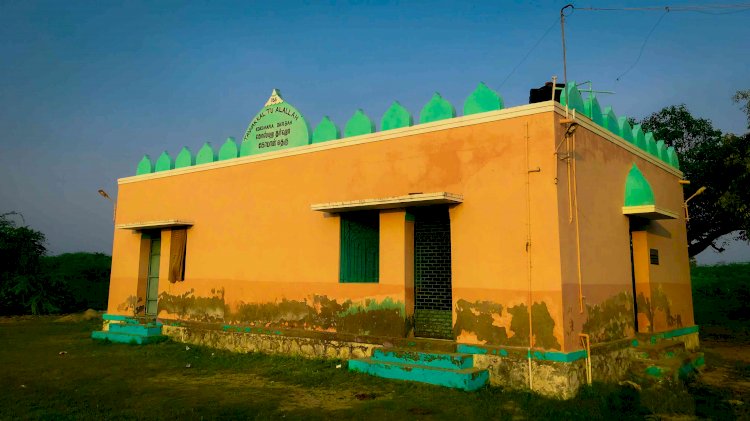 Kosmarai Dargah
Kosmarai Dargah
In the medieval era, different civilizations such as Perso-Arabic, Chinese, Indian, South East Asian and European had had a reciprocally beneficial bond, sometimes tensed contestations, with this vibrant seaport. The most sought out commodities, either in import or export, of this town were fine silk, horses and pearls: they made tempestuous voyages possible.
The eastern coast of this area was known as Ma’bar just the way the western coast was Malabar. “Korkai harbor used to be one of the oldest. Kayal developed adjacent to it and it was a natural port where ships could transit on the way to China and other ports all the way from Yemen or other Arabian ports. Had there been no loading and unloading at Kayalpattinam, the ships would have been going around Sri Lanka. The word Ma’bar in Arabic means transit, or the place where ubur is done,” says young local historian and researcher Muhammed Sulthan Baqavi.
If Kayalpattinam’s cosmopolitanism had its roots in Hejaz, Egypt and Greece in the ancient era, in medieval times, it extended its branches to China, Indonesia, Sri Lanka, Strait Settlements, Europe and beyond. As a sorry reminder of the glorious past it once rejoiced, the town elders tell you that the current Sea Customs road that leads to the Kayalpattinam beach was once called Pandaksalai (warehouse) road. Now, you could hardly spot a single warehouse there. Other old streets are Parimar and Koman streets.
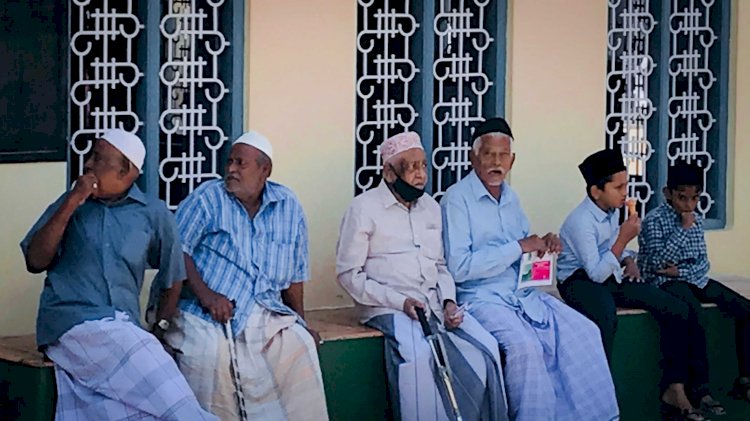
Elders of the town near Sirupalli
Scholars and saints from Medina, Iraq, Yemen and Egypt reached Kayalpattinam, bestowing a lasting spiritual aura to the town. There are around 30 mosques now, and several reputed dargas of great Sufis. The town also hosts a number of reputed Islamic seminaries, teaching from Quran memorization to advanced Islamic theology and jurisprudence. Kayal’s contribution to the Islamic scholarship and spirituality of the region is unique and invaluable. The town’s majority follows Shafi Sunni traditions and practice Sufism through different tariqas, in which Qadiriyya historically predominates, with other orders being active. The Salafi revivalist movement is also influential in the town.
Kayalpattinam is also a town of revered saints: an exhaustive list of the innumerable Sufis buried in the town is nearly impossible. All of them are well-respected and kanthuris (death anniversary celebrations) are unfailingly held. The most prominent saints are Muthu Maqdoom Shaheed, a mass converting preacher; Khalifa Waliyullah, who came from Medina and, according to local tradition, threw sand to the sea and miraculously stopped the Portuguese fleet from entering the port; Fadlullahil Madani who also came from Medina; Thaika Sahib Appa; Omar Wali who wrote the famous Sufi treatise Allaf al Alif; Kosmarai saints; Khalifa Appa Waliyullah; Yusuf Appa; Salar Maraicar Waliyullah; Periya Muthu Vappa Wali; Ayisha Wali, who was known as Swargathu Ponnu (Heavenly Lady) and lot more.
Renowned architecture historian and polymath, Mehrdad Shokoohy has read the surnames found at the tombs near Siruppalli and Marakkyarpalli as al-Qahiri, al-Iraqi & al-Bakkari, a clear indication of their Arab lineage. However, many scholars in the later times took the surname al-Mabari.
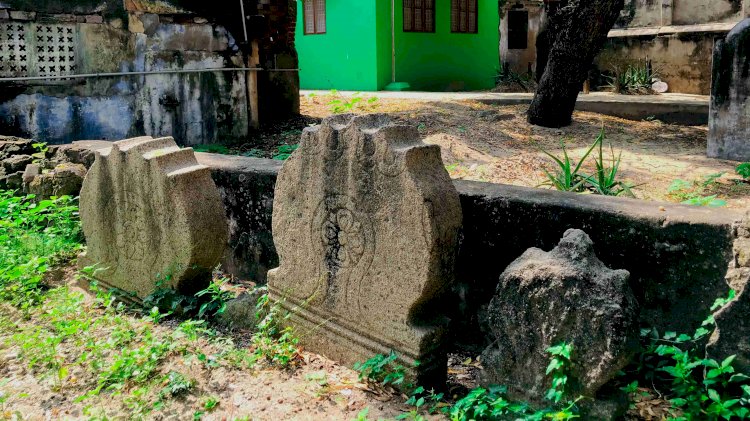
The graves of Ma’bar Sultans, near Periya Khutba Palli
Historian Sulthan Baqavi says that the royal tombs seen next to the Periya Khutba Palli belongs to the Ma’bar Sultans, the independent Muslim sultanate which was also called Madhurai Sultanate, established during the 14th century on the Coromandel Coast and lasted for less than half a century before it was terminated by the Vijayanagar kingdom.
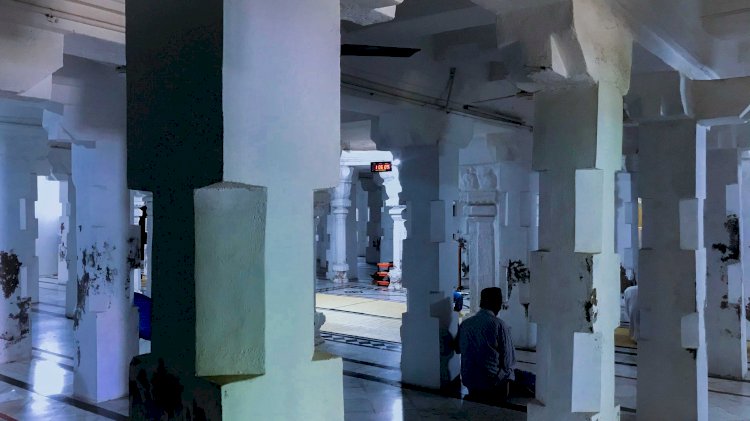
Periya Khutba Palli: a marvellous blend of Islamic and Dravidian architecture
However, among certain historians, there is an unfortunate debate that the city mentioned as Cail or Qa'il or Kayal, in the travel accounts of the ancient and medieval eras, is not Kayalpatttinam. They argue that the present-day Kayalpattinam is a relatively new town and the exact location of the ancient Kayal is lost and uncertain. Reputed historian Dr. Raja Mohamad, in his acclaimed work, Maritime History of Coromandel Muslims argues that the current Kayalpattinam was developed as a rival port to Old Kayal when the Portuguese destroyed and captured Old Kayal. Needless to say, the historians of Kayalpattinam fiercely challenge the veracity of this theory.
To understand the debate, a close look at the geographical location helps. Kayal is a Tamil word for backwater; here it could be a reference to the estuary where Tamraparni river joins the Bay of Bengal at Punnakayal. A few kilometers northwest of the present town is Palaya Kayal. Another etymological tradition says that the Egyptian Arabs settled here called it Qahira Fatan, which later morphed into Kayalpattinam. Some historians say that the entire region was called Kayal in old times.
In fact, a close inspection unambiguously reveals that the unnecessary confusion was introduced by colonial historian Robert Caldwell, a scholar of South Indian history and also the Bishop of Madras. Caldwell did an excavation project in 1890 and pointed out a site five miles north of Kayalpattinam, as the true site of Kayal, marking several ruins of fortifications, temples, wells and storehouses.
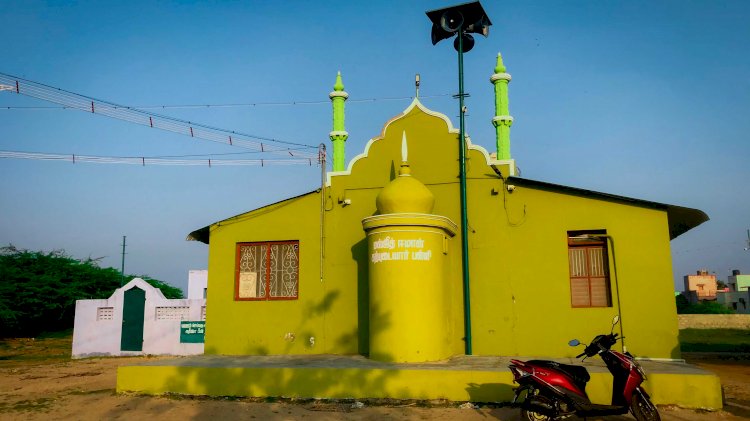
Karup Udaiyar Palli, an ancient masjid
Interestingly, he doesn’t refer to any Islamic remains among the ruins, though. Prof. Mehrdad Shokoohy, after meticulously examining the town’s innumerable Sufi shrines and masjids, along with epitaphs and inscriptions, dismissed Caldwell’s theory, in his seminal work Muslim Architecture of South India. He firmly opines that this is unusual and impossible for a city known for its Muslim settlement: “His report on Kayalpatnam is, to put it mildly, ill-informed on all counts”. Shokoohy also considers other factors such as the location of the present town corresponding with the site of Qa’il in the old maps, and the survival of the name recorded in a local inscription and various reports of historians and travellers regarding the port since the 13th century with no mention of a change in the site.
Importantly, it is a verified fact that Robert Caldwell never visited Kayalpattinam and did his excavations outside the town. He was rather not allowed to enter the town and examine the relics, as there had been unhealthy inter-faith debates going on between Christian missionaries and the town’s Muslim scholars, and Caldwell himself was a Bishop. “If Caldwell had examined Kayalpatnam itself, he could not have missed the numerous old tombstones in the graveyards attached to the mosques, inescapable to even an untrained eye,” Shokoohy concludes the discussion. Dr. R.S. Abdul Latiff has also written a book on this subject in Tamil, titled Kayal than Kayalpattinam (Kayal itself is Kayalpattinam). However, Caldwell’s theory has influenced many historians, finding its way to several documents, sometimes even official historiography.
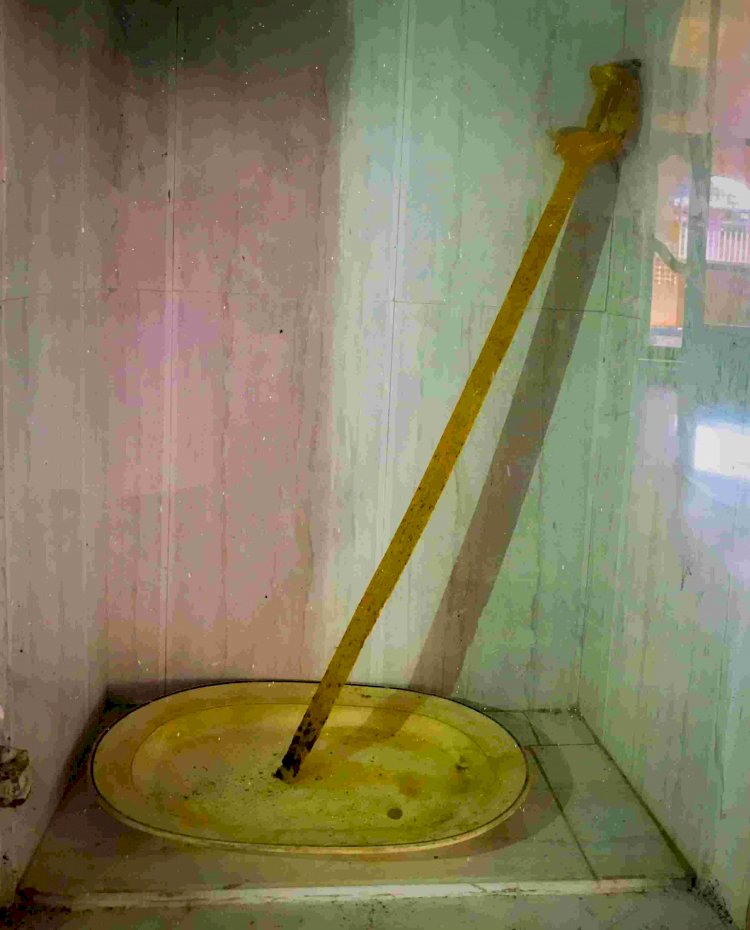
The relics of anti-colonial war kept at Masjid Meekayeel
As the region was famous for pearl fisheries, the abundant wealth naturally grabbed the vulturous attention of the Portuguese in the 16th century. By the time, they had already landed in Malabar and started trade and trade-based wars. In their quintessential fashion, the Portuguese launched devastating attacks on the Coromandel Coast and Ceylon, against the Moors, to capture the pearl trade on both shores of the Gulf of Mannar. The people of Kayalpattinam fiercely resisted, and the anti-colonial battles took place near the Kosmarai dargah; many Malabaris are believed to have come for the support of the Kayal fighters, and innumerable people were martyred. The locals testify that while digging for constructions, at several plots in the adjacent area, human skeletons and skulls were found. An old sword, used during the anti-Portuguese battles, is kept as a relic at the Erattaikulam Palli (Masjid Meekayeel); a few other mosques also keep such relics.
The Kayal port was at its zenith in the 14th century. In lucrative business deals, Arabs used to bring the best quality Persian horses in large ships for the cavalry of Pandyan Kings and Ma’bar Sultans. Slaves and criminal convicts were employed for pearl diving that brought fortunes to the town. The locally-made Marakkayar ships sailed to Malabar, Gujarat, Bengal, and faraway foreign ports. As a truly international port, the town became remarkably wealthy. On the other hand, the esoteric mystics who came from Arabia, Ceylon and elsewhere enriched the soul of the town, too; as a result, the religious life was of admirable quality. However, this was until the Portuguese came with their colonial aggression. They inaugurated the decline of the “nucleus of early Muslim settlements in the Coromandel coast”. The glory gradually faded.
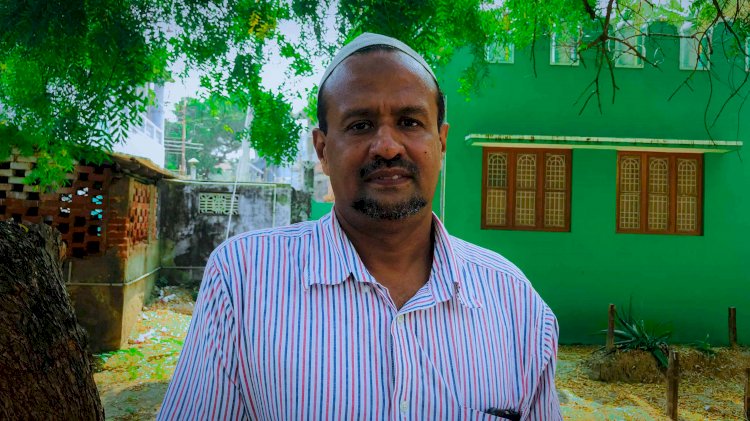
Tamil author and columnist Salai Basheer
The precious vestiges of the past are all over the town, scattered, yet unattended, by and large. On one of the evenings before I returned, while taking me through the outskirts of the town, near the Kosmarai dargah, Tamil writer Salai Basheer explains how miserably history is being overlooked in this town. “This is where our forefathers fought the Portuguese sacrificing many lives. But, this place is just wilderness now, practically ignored. The first mosque has also been lost. Although we are very proud of our past and our rich Islamic culture, little effort has been taken by the community to preserve it in purposeful ways and to pass on to the upcoming generations. It is the sad part of the story,” says Basheer, a local history enthusiast. He talks about potential projects to purchase historically important sites and build monuments and museums. The town has ample resources for that, in every sense. But who will take lead? Will they materialize meaningfully? Only time can answer. But, surely, if the town doesn’t wake up to take care of its fantabulous past, the relics in various forms – from tombstones to epitaphs to Arwi manuscripts to inscriptions to Islamic-Dravidian architecture – will be lost forever. Forever.
[This is the first part of a series on Kayalpattinam, which comes under a documentation project on influential Muslim cultural centers in India.]


